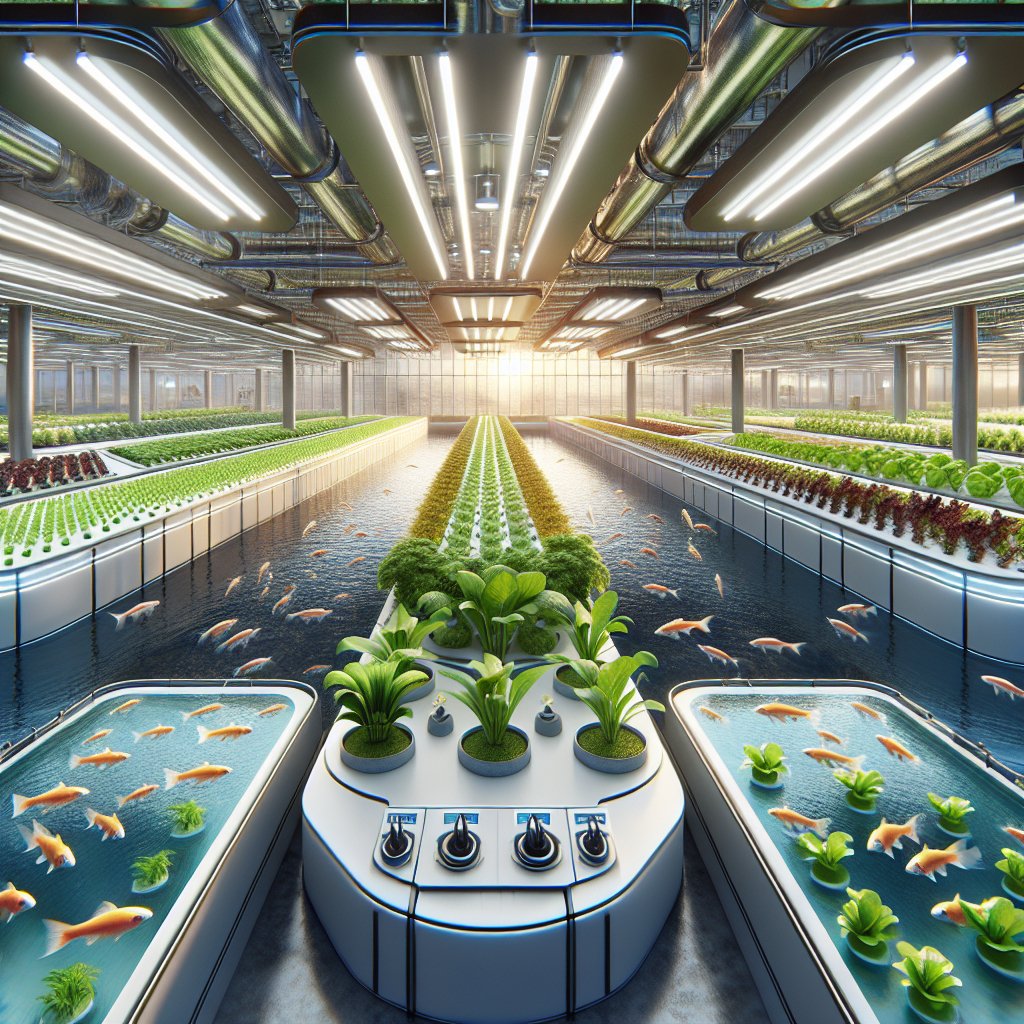Carbon sequestration in agriculture is a critical component in the fight against climate change, offering a sustainable solution to reduce atmospheric carbon dioxide levels. As the global community seeks to mitigate the impacts of climate change, the role of agriculture in capturing and storing carbon has gained significant attention. This article explores the mechanisms, benefits, and challenges of carbon sequestration in agriculture, highlighting its importance in creating a more sustainable future.
Understanding Carbon Sequestration in Agriculture
Carbon sequestration refers to the process of capturing and storing atmospheric carbon dioxide (CO2) in a stable form. In the context of agriculture, this involves the absorption of CO2 by plants through photosynthesis and its subsequent storage in soil organic matter. The potential of agricultural lands to act as carbon sinks is immense, given the vast areas of arable land and pastures worldwide.
There are several methods through which carbon sequestration can be enhanced in agricultural systems. These include practices such as agroforestry, cover cropping, reduced tillage, and improved pasture management. Each of these practices contributes to increasing the organic carbon content in the soil, thereby enhancing its fertility and structure while simultaneously reducing CO2 levels in the atmosphere.
Agroforestry
Agroforestry is a land-use management system that integrates trees and shrubs into agricultural landscapes. This practice not only enhances biodiversity but also significantly contributes to carbon sequestration. Trees and shrubs absorb CO2 during photosynthesis and store it in their biomass and the soil. The deep root systems of trees also help in stabilizing the soil and preventing erosion, further promoting carbon storage.
Cover Cropping
Cover cropping involves planting specific crops, such as legumes or grasses, during the off-season when the main crops are not grown. These cover crops help in maintaining soil cover, reducing erosion, and enhancing soil organic matter. As they decompose, they add carbon to the soil, improving its structure and fertility. Cover cropping is a simple yet effective way to increase carbon sequestration in agricultural systems.
The Benefits of Carbon Sequestration in Agriculture
The benefits of carbon sequestration in agriculture extend beyond climate change mitigation. By increasing the organic carbon content in soils, farmers can improve soil health, leading to enhanced crop yields and resilience to extreme weather events. Healthy soils with high organic matter content have better water retention capabilities, reducing the need for irrigation and making crops more resilient to drought conditions.
Moreover, carbon-rich soils support a diverse range of microorganisms that contribute to nutrient cycling and pest control. This reduces the need for chemical fertilizers and pesticides, promoting more sustainable agricultural practices. Additionally, by adopting carbon sequestration practices, farmers can potentially access carbon credits, providing them with an additional source of income.
Improved Soil Health
Soil health is a critical factor in agricultural productivity. Practices that enhance carbon sequestration also improve soil structure, aeration, and nutrient availability. This leads to healthier crops and increased yields. Furthermore, healthy soils are less prone to erosion and degradation, ensuring long-term agricultural sustainability.
Economic Opportunities
As the demand for sustainable practices grows, carbon markets offer new economic opportunities for farmers. By participating in carbon trading schemes, farmers can earn credits for the carbon they sequester, providing an additional revenue stream. This not only incentivizes sustainable practices but also supports the transition to a low-carbon economy.
Challenges and Considerations
Despite the numerous benefits, there are challenges associated with implementing carbon sequestration practices in agriculture. One of the primary challenges is the need for education and awareness among farmers about the benefits and techniques of carbon sequestration. Many farmers may be hesitant to adopt new practices due to perceived risks or lack of knowledge.
Additionally, measuring and verifying the amount of carbon sequestered in agricultural systems can be complex and costly. This requires robust monitoring and reporting systems to ensure the credibility of carbon credits. Furthermore, the effectiveness of carbon sequestration practices can vary depending on local conditions such as soil type, climate, and crop selection.
Education and Training
To overcome these challenges, it is essential to provide farmers with education and training on carbon sequestration practices. Extension services and agricultural organizations can play a crucial role in disseminating information and providing technical support. By building capacity and knowledge, farmers can be empowered to adopt sustainable practices that benefit both the environment and their livelihoods.
Policy and Incentives
Government policies and incentives are also vital in promoting carbon sequestration in agriculture. Subsidies, grants, and tax incentives can encourage farmers to adopt sustainable practices. Additionally, integrating carbon sequestration into national climate strategies can provide a framework for scaling up these practices and achieving significant carbon reductions.
Conclusion
Carbon sequestration in agriculture presents a promising opportunity to address climate change while enhancing agricultural productivity and sustainability. By adopting practices that increase soil organic carbon, farmers can contribute to reducing atmospheric CO2 levels, improving soil health, and accessing new economic opportunities. However, to realize the full potential of carbon sequestration, it is essential to address the challenges of education, measurement, and policy support. With concerted efforts from farmers, policymakers, and the global community, agriculture can play a pivotal role in creating a more sustainable and resilient future.



